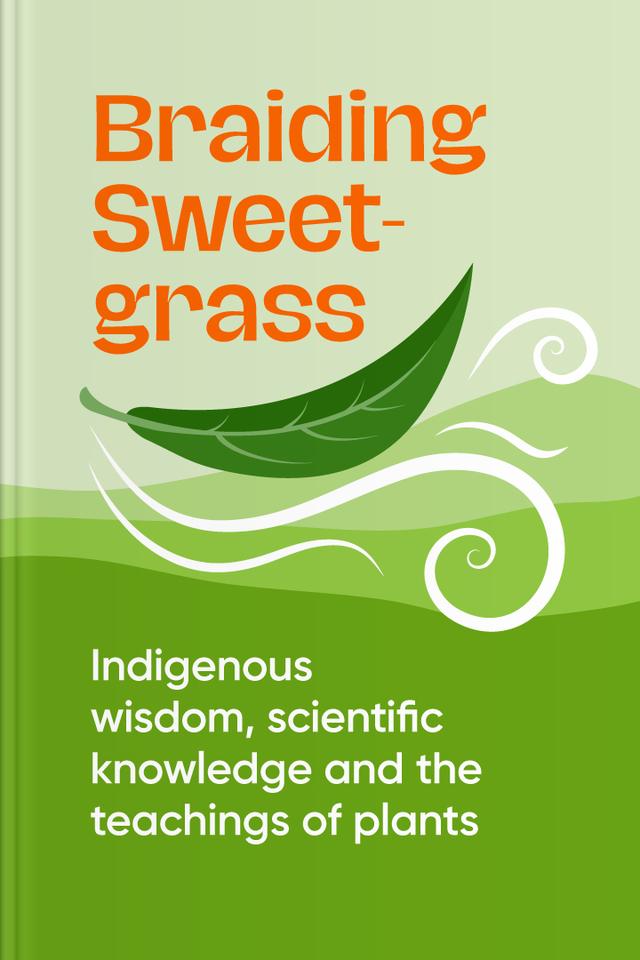You’ll learn
- About the best land healers
- What a democracy of species is and how to reach it
- Limits of science that indigenous knowledge can overcome
- The challenges of the Potawatomi nation
russia has launched a full-scale war in Ukraine. Donate to support Ukraine and protect the world’s peace.

first KEY POINT
Scientists have been studying nature for centuries, yet it continues to bring surprises. For instance, recent research has discovered that the scent of humus makes us release oxytocin. Usually, this hormone strengthens the bond between the closest people, like mother and child. Why do our brains react to humus this way? What if our current beliefs about the environment are inexact?In Western culture, we see the world through the lens of hierarchy. People are incomparable, occupying the top position while others are beneath them. Unsurprisingly, we often treat animals, plants, or land as resources. We all know the consequences of this attitude: global warming, deforestation, over-fishing, extinction of species, tons of waste, and the like. It's high time for us to rethink our relationship with nature.What is the alternative approach? Native Americans believe people are the youngest on Earth; therefore, they should learn from other beings. Let's look at plants. They provide for themselves and sustain life on the whole planet. When insects attack a tree, it manufactures pheromones, warning others and encouraging them to produce defensive chemicals. Forests also have “social media” — fungal strands in soil. These networks resemble Robin Hood. They distribute the carbohydrates equally among all the trees. Impressive, right?Initially, we were all aware of nature's wisdom and had a respectful attitude toward it. Yet we have abandoned this knowledge while adjusting to capitalistic society's rules. It's mostly forgotten but not lost. Native Americans remember it. So do our brains as reactions to humus confirm. Join our eye-opening expedition to recall the principles that will help to save the Earth for future generations.
second KEY POINT
It took Robin Wall Kimmerer a long time to remember nature's wisdom. Although she is a member of the Potawatomi (a Native American nation), she had to adjust to Western standards during her studies. Many professors encouraged her to concentrate only on scientific data, stating that stories from Kimmerer's elders weren't based on evidence.

Continue reading with Headway app
Continue readingfirst KEY POINT
second KEY POINT
third KEY POINT
fourth KEY POINT
fifth KEY POINT
sixth KEY POINT